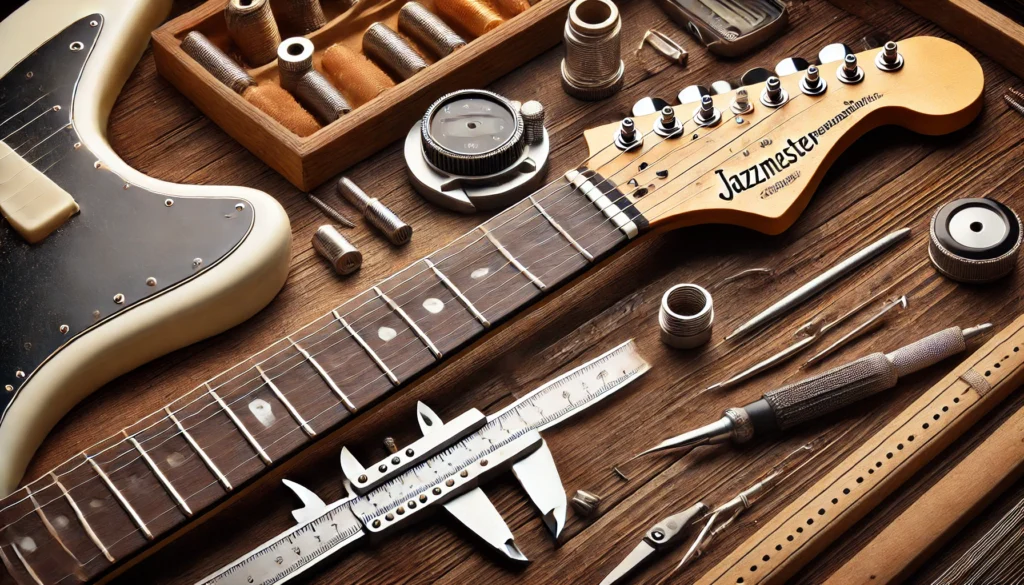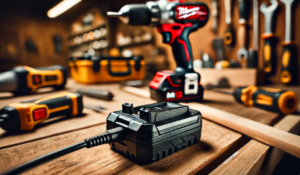Which Shim Should I Buy Reddit Hjazzmaste — The Ultimate Guide

Neck shimming is a crucial technique for optimizing the playability and tone of your Jazzmaster guitar. Whether you’re dealing with high action, poor bridge alignment, or simply want to elevate your playing experience, understanding the right shim to buy and how to install it can make all the difference. In this comprehensive guide, we will explore what neck shims are, why they’re essential for Jazzmasters, and how to choose and install the perfect one for your setup.
What Is a Neck Shim and Why Do You Need One?
A neck shim is a small piece of material placed in the neck pocket of a bolt-on guitar to adjust the neck’s angle relative to the body. This adjustment can improve action, string break angle, and overall playability.
Jazzmasters, with their floating tremolo system and unique bridge design, often require precise neck angles to function optimally. Without the correct angle, you might experience high string action, poor intonation, or a lack of sustain. A well-chosen neck shim can address these issues while enhancing your instrument’s tone and stability.
Types of Neck Shims
- Full-Pocket Tapered Shims These cover the entire neck pocket, ensuring full contact between the neck and body. They are considered the best option for maintaining tonal integrity and stability.
- Partial Shims Often small pieces of wood, plastic, or even paper placed at the end of the neck pocket. While effective for quick fixes, they can create gaps that may harm your guitar over time.
Why Jazzmasters Need Shims
Jazzmasters’ unique design, featuring a floating bridge and low break angle, makes them particularly sensitive to neck angle adjustments. Proper shimming can:
- Improve string tension and sustain.
- Reduce bridge buzzing or rattling.
- Enhance tremolo system performance.
How to Identify the Need for a Neck Shim
Before investing in a shim, determine whether your Jazzmaster truly needs one. Here are some signs:
- High String Action: Strings feel too far from the fretboard, even after bridge adjustments.
- Bridge Misalignment: You’ve run out of adjustment range on your bridge.
- Poor Intonation: Notes sound out of tune despite proper tuning and intonation settings.
- Unstable Tremolo Performance: The tremolo system feels unresponsive or difficult to use.
Step-by-Step Evaluation
- Use a straight edge or ruler to measure the string height at the 12th fret.
- Inspect the break angle of the strings over the bridge.
- Assess the bridge’s range of adjustment. If it’s at its limits, a shim is likely needed.
Choosing the Right Shim for Your Jazzmaster
Selecting the right shim depends on your specific needs. Let’s break it down:
Material Options
- Wood (Maple): Preferred for its tonal consistency and durability.
- Plastic: Lightweight and affordable, though less tonally transparent.
- Composite Materials: High-quality, pre-made shims often use composites for precision and stability.
Degree of Angle
Shims come in various angles, such as 0.25°, 0.5°, and 1°. Here’s how to choose:
- 0.25°: Subtle adjustments for minor action improvements.
- 0.5°: Ideal for most Jazzmasters to enhance bridge and tremolo performance.
- 1°: Best for significant changes, such as correcting extreme action issues.
Pre-Made vs. Custom Shims
Pre-made options, like those from StewMac, are convenient and precise. Custom shims offer more flexibility for non-standard setups but require additional effort to create.
Recommended Products
| Brand | Type | Features |
|---|---|---|
| StewMac | Full-Pocket Tapered | Available in various angles, made of high-quality materials. |
| Solo Music Gear | Tapered Shims | Budget-friendly, durable, and easy to install. |
| James’ Home of Tone | Precision Shims | Customizable options tailored for Jazzmaster users. |
Installing a Neck Shim: Step-by-Step Guide
Proper installation is key to achieving the best results. Follow these steps:
Tools You’ll Need
- Screwdriver
- Measuring tools (ruler, calipers)
- The selected neck shim
Installation Process
- Preparation: Detune your strings and remove the neck screws carefully.
- Insert the Shim: Place the shim in the neck pocket. Ensure it’s aligned correctly, with the tapered end facing toward the headstock.
- Reattach the Neck: Screw the neck back into place, tightening evenly to avoid misalignment.
- Adjust the Setup: Raise or lower the bridge as needed and check intonation. Make final tweaks to string action and tremolo performance.
Common Mistakes to Avoid
- Using Improper Materials: Avoid paper or makeshift items, which can compromise stability.
- Incorrect Placement: Always use a full-pocket shim to prevent gaps and ensure proper contact.
- Skipping Setup Adjustments: After shimming, always recheck action, intonation, and tremolo functionality.
Maintenance Tips After Shimming
- Regularly inspect neck alignment and tighten screws if necessary.
- Be mindful of seasonal changes that may affect neck stability.
- Periodic professional setups can help maintain optimal performance.
FAQs
What is the best material for a Jazzmaster shim?
Maple or composite materials are ideal for their tonal transparency and durability.
Can I use paper or cardboard as a shim?
While possible, it’s not recommended as these materials lack durability and stability.
How often should I replace a shim?
High-quality shims typically last indefinitely unless damaged.
Do all Jazzmasters need a shim?
Not necessarily. Evaluate your guitar’s setup before deciding.
Can a shim improve my tone?
Yes, by optimizing string break angle and enhancing sustain.
Conclusion
Choosing the right shim for your Jazzmaster can significantly enhance its playability, tone, and overall performance. By understanding the different types of shims, their materials, and proper installation techniques, you can ensure your guitar performs at its best. Whether you opt for a pre-made shim or a custom solution, the key is precision and attention to detail. Share your experiences or ask questions in the comments to join the conversation and help others master their Jazzmaster setups!
Additional FAQs:
1. Can shimming affect the overall feel of my Jazzmaster’s neck?
Yes, shimming can subtly change the feel of the neck by altering its angle relative to the body. While this change is generally minimal, players may notice a slightly different wrist positioning when playing. Proper adjustments to the action and setup can ensure the guitar feels comfortable after shimming.
2. Are there any specific tools needed for custom shimming?
For custom shimming, you may need tools like a precision saw or sanding block to shape the shim material. Additionally, calipers can help measure the exact dimensions and taper angle required for your neck pocket.
3. Can using a shim void my guitar’s warranty?
In most cases, adding a neck shim will not void your guitar’s warranty as it’s a non-destructive modification. However, it’s best to check the warranty terms for your specific instrument or consult the manufacturer for clarity.
4. What’s the difference between shimming and adjusting the truss rod?
Shimming adjusts the neck angle relative to the body, affecting action and bridge height. The truss rod, on the other hand, adjusts the curvature (relief) of the neck to fine-tune fretboard playability. Both are separate adjustments but often work together in achieving the desired setup.
5. How does humidity affect a shimmed Jazzmaster?
Humidity changes can cause wood components of your guitar, including the neck and body, to expand or contract. While a shim itself remains unaffected, these shifts can impact the neck alignment. Regular inspections and setups can mitigate any issues caused by environmental factors.
Recommended Articles:
Bahai Racism Nationalism Communism: A Comprehensive Guide
Has Anyone Tried Returning a Fake Trijicon SRO? Complete Guide
Does Lakeview Sportswear Company Make M65 Field Jackets?
Discover Kosekiya Reddit Ginzan Onsen: Guide to Japan’s Tranquil Retreat
Which Shim Should I Buy Reddit Hjazzmaste — The Ultimate Guide







